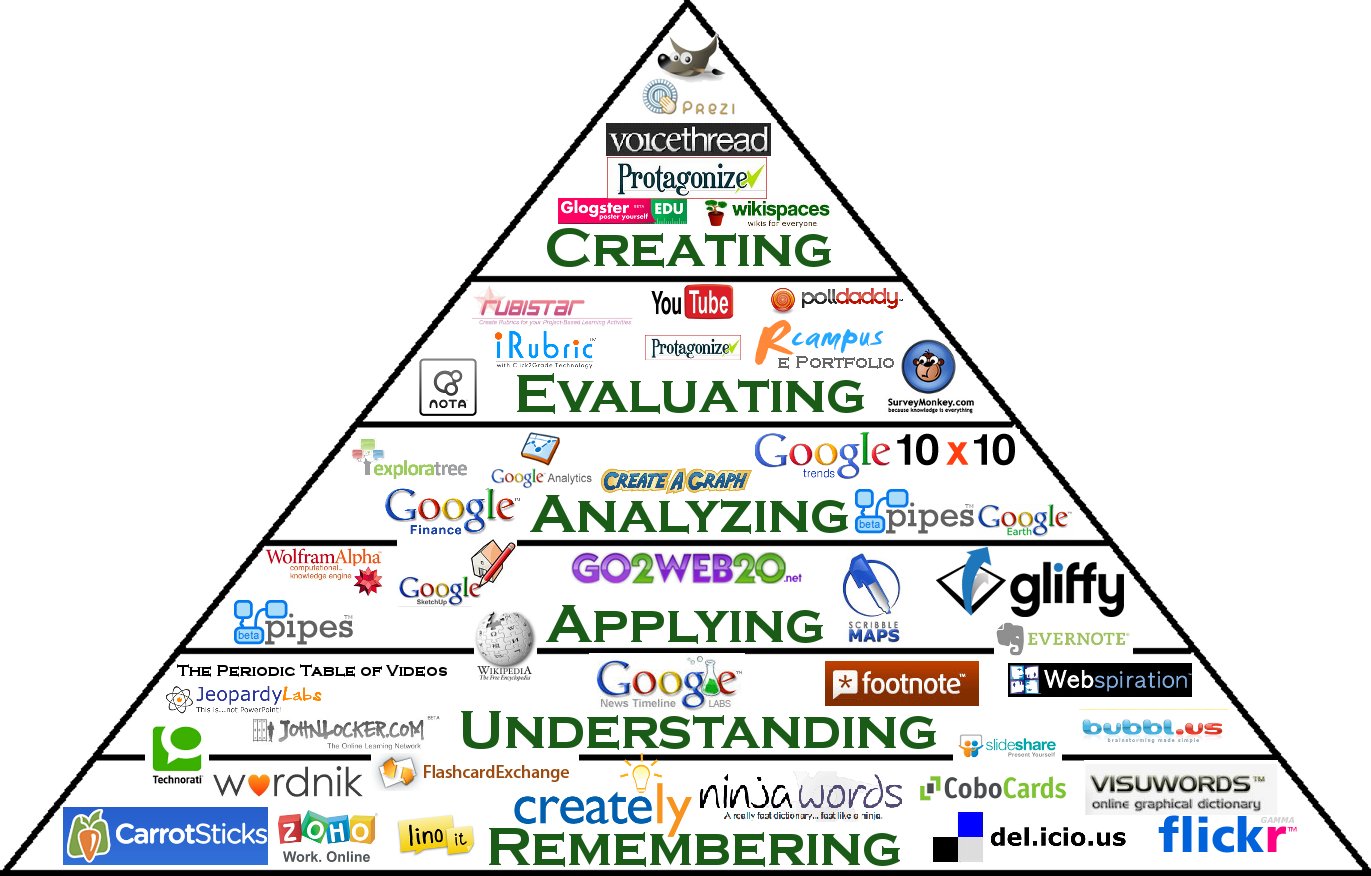What is the meaning of technology "affordance" and "constraints" in terms of education?
Technology "affordance" is a term used to refers to how technology is now being implemented into the schools for teaching and learning. The students can possible perform better with technologies that are at their disposal. The term "affordance" is used how this new way of teaching can facilitate teaching to the teacher and learning to the student. Earlier we learned about how TPACK a framework that identifies the knowledge teachers need to teach effectively with technology. The three steps of TPACK are, content knowledge of the subjects we teach, pedagogy knowledge of how we teach and technology knowledge are our teaching tools we use. The " affordance" of using technology in our classroom is the vast amount of information in our fingertips, automation of the tools and the collaboration with experts in the field.
The "constraints" in technology used in education will be the obstacles that will not allow or at least not make it easy in the use of it. Some of the "constraints" will be, price. technology can and will be expensive to purchase and maintain. The use of electricity, computer viruses, and lack of connectivity are other "constraints" that will be encounter. The most important "constraint" that will be encounter are students coming from low income families that cannot afford these "luxuries" at home. The school may have a limited amount of technology tools for students to use during school hours, but after school that student will have no access to such tools. Another glitch a teacher may encounter is that they themselves being an inexperienced user of technology. If the technology that is being used breaks down or simple a problem that a novice user cannot resolve, that whole lesson plan will be useless and will need to have a back up plan.
Technology can be very intimidating tool but teachers need to set their traditional ways of teaching aside and maximize their methods and bring the classroom to the 21st century.

No comments:
Post a Comment